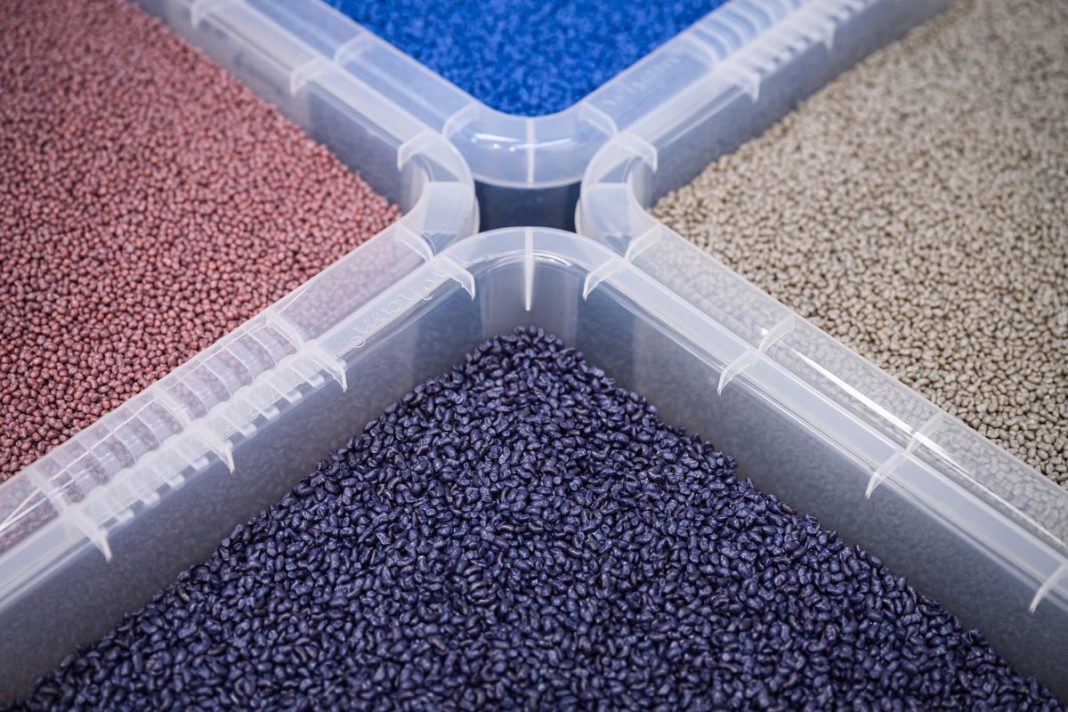Key Takeaways
- Chinese scientists develop new method to make plastic and rubber from syngas
- Iron-based catalyst boosts production efficiency by nearly 50%
- Process reduces carbon emissions, wastewater, and fossil fuel dependence
Chinese scientists have achieved a major breakthrough in sustainable manufacturing by developing a method to produce rubber and plastic directly from syngas, potentially reducing the industry’s reliance on fossil fuels. The new approach uses an iron-based catalyst that significantly enhances production efficiency while cutting environmental impact.
The Fossil Fuel Problem in Polymer Production
Olefins, organic compounds derived from petroleum, serve as essential building blocks for most plastic and rubber products. This dependency has substantially increased the carbon footprint of the entire manufacturing industry. While alternatives like syngas from decomposing organic matter exist, they have traditionally been less efficient than conventional methods.
Breakthrough Catalyst Technology
Researchers have now developed a catalytic method that uses syngas derived from coal, biomass, or natural gas for olefin production. The key innovation involves a sodium-modified iron-shell nanoparticle catalyst that transforms the production process.
Scientists discovered this iron-based catalyst enhances olefin production efficiency by nearly 50% compared to previous best methods. The breakthrough centers on improving Hydrogen Atom Economy (HAE) – a measure of how efficiently a reaction uses hydrogen atoms to create the final product.
How the New Process Works
Previous syngas-to-olefin methods suffered from low HAE because water produced as a by-product removed hydrogen that could otherwise form valuable olefins. The new catalyst converts this water by-product into additional hydrogen for further olefin production, creating a more efficient cycle.
“This study represents a substantial breakthrough in enhancing hydrogen atom economy for syngas conversion,” scientists wrote in their study published in the journal Science.
The newly generated hydrogen gas feeds back into the original reaction pathway, reducing the need for additional hydrogen and increasing overall process efficiency. The catalyst maintained stable performance for 500 hours and reduced waste generation per product by 46%.
Environmental Benefits
The overall process significantly reduces steam usage, wastewater generation, and CO2 emissions. By using lower hydrogen to carbon monoxide ratios, the method cuts steam consumption while minimizing carbon dioxide and wastewater output. This offers a sustainable alternative to current industrial processes and could help transform polymer manufacturing toward greener methods. The technology represents a crucial step in while addressing plastic production’s environmental challenges.




